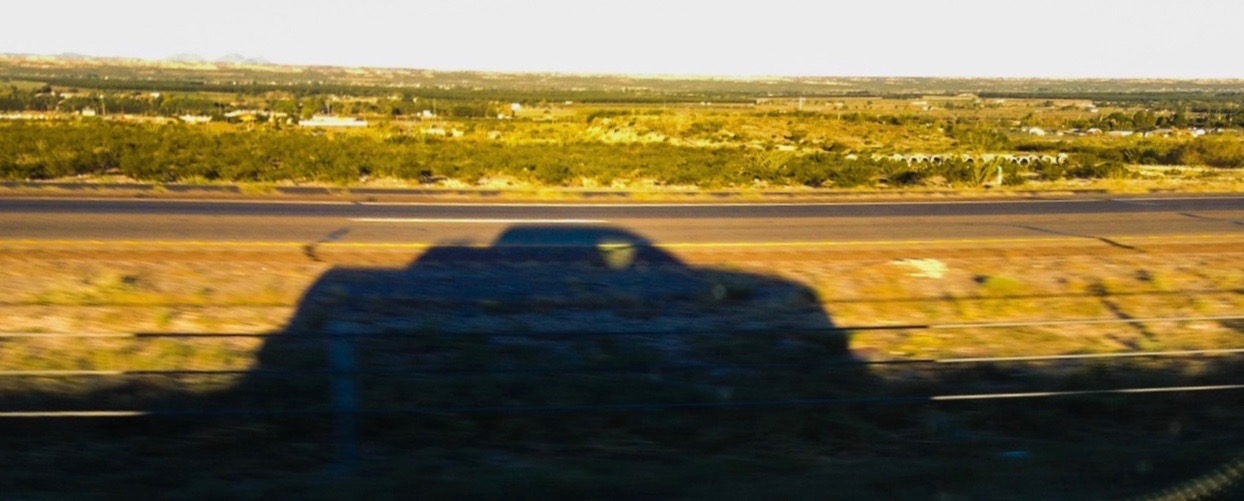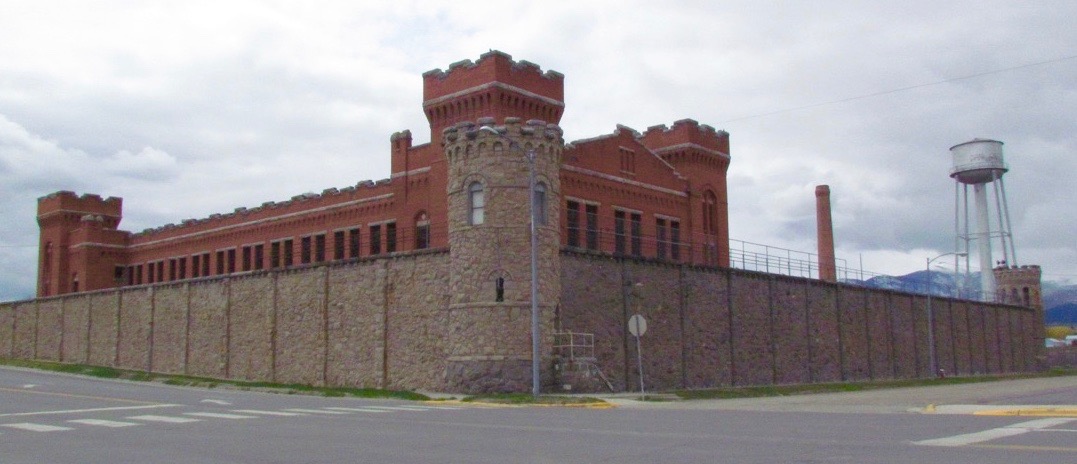
In The New York Times review of T.J. Forrester’s book Black Heart on the Appalachian Trail, Bruce Barcott wrote that we encounter the three main characters as each is doing a through-hike “as a kind of 2,160-mile cleanse.”
I probably should go back and read the rest of that review because that single phrase very early in the piece, those words about “a kind of 2,160-mile cleanse,” stopped me reading but sparked me thinking.
Here in Arizona, I’ve heard people say the same thing of their experience in undertaking the rim-to-rim hike of the Grand Canyon. How descending down into and then pushing on across the chasm, even the exhaustion of the climb up the far wall and finally resurfacing over the opposite rim, produces an energizing sense of cleansing.
Whether climbing up and over the Appalachian Trail or going down and then up again in the Grand Canyon, the result of the quest, as laborious as it may be, is undertaken with the confidence of knowing that, once again, you will feel whole.
People have asked me why I choose to drive hundreds, sometimes more than a thousand miles to destinations instead of flying there. One reason is that I find a long and especially a solo drive provides me with the cleansing others achieve on their multiple-day hikes. For me, a cross-country drive is like a spiritual retreat, and especially when I can distain the interstate arteries and travel the two-lane capillaries that wind over mountains, wend through forests and farm fields, and weave around courthouse squares in America’s small towns.
I thank my late father for instilling in me the spirit for wandering such byways, which we often did, whether on Sunday afternoons after church or on our annual family road-trip vacations: Dad driving, Mom sitting next to him reading the Reader’s Digest or some other magazine, my pesky younger brother sitting behind her, and me, perched behind Dad, maps in hand, acting as navigator, ready to lead us back, back on track after Dad had turned down some road, any road, that looked like it might – and often did – lead someplace interesting.
It wasn’t until many years later that I did my first long and solo drive, and it was done very much with a kind of cleansing in mind. My marriage had ended and I was left wondering who I was, who this Larry person had become after so many years of being part of a we rather than just me.
For some reason, I figured the best way to find out was to get into a car and drive to someplace interesting.
I also was driven by the thought that before venturing out to see if there was another woman who might like me, I needed to see if I liked myself, if I liked this person I’d become. To do that, I thought, I needed to go back, back to some sort of benchmark, back to a place that, for me, would be like one of those metallic markers of latitude, longitude and elevation that surveyors affix to the bedrock — to establish a place where you get your bearings.

For me, that place, that landmark, was Deer Lodge, Montana.
Oh, it wasn’t that I was born there, or really had spent much time there. But after my grandfather retired from his job as warden of Joliet Prison – yes, the prison you’ve seen in The Blue Brothers and other movies and television shows – he was hired by the governor of Montana as a consultant to help put that state’s Deer Lodge prison back together after a riot had taken the life of one of the prison’s guards.
I was probably around 11 years old the first time my family drove from Illinois to Montana, to take my grandparents’ car to them after they’d ridden to their new home on the train, which is how we returned home after delivering their red-and-white, 1957 four-door Ford, a car in which, a few years later, I w0uld learn how to drive.
A year or so later, we went back to Montana, this time traveling both ways in our embarrassingly pale yellow, three-row, no air-conditioning Chevrolet station wagon.
And now, several decades later, I was going back, alone.
I set several goals for the trip: I wanted to find out who I was, but I also wanted to see if I could remember the building where my grandparents lived, just a few blocks from downtown and across the street from the prison. And I did, though it no longer was an apartment; it had been turned into a doll and toy store. I also wanted to visit the prison, or at least the old prison, which had been turned into a museum after the state built a new prison a few miles outside of town.
And I was determined to do the entire drive, there and back, the way we traveled when I was a kid, on two-lane roads, or at least on the old highways, the ones that originally had names instead of numbers, and to eagerly explore tangents that looked like they’d lead to interesting places.
And they did. For example, the Medicine Wheel Passage in Wyoming’s Cloud Peak wilderness, where a sudden September snow storm forced me to seek shelter in a ranger station where the ranger shared a cup of coffee and told the amazing history of the ancients who had created the spoked circular array of rocks that was disappearing quickly beneath the freezing white blanket.

I nearly succeeded in reaching my no-Interstates goal, though foiled, as I recall, by a stretch (also in Wyoming) where the road merged onto the interstate and forced me to stay there until the next exit provided an escape.
I discovered several things on those two-lane roads, about myself and about traveling by car. For example, it’s amazing and wonderful how often, as a town shrinks in your rear view mirrors, you find you have the two-lane pavement pretty much to yourself.
The big rigs and the in-a-hurry traffic race along on the interstates, at least they do until they become clogged in construction zones, which too often are nothing more than orange cones blocking miles of seemingly good pavement with no construction work actually taking place. Meanwhile, I pretty much have the two-lanes to myself, and even when repairs are being made on them, the delay usually is brief and often provides an opportunity to chat with person manning the two-sided STOP/SLOW sign. Often, that person is a local who can point you to the best place to eat in the next town.
Since that trip to Montana, I’ve done several such cross-country drives: Michigan to Mississippi and to Florida and to Virginia and to New Jersey and to Phoenix and back, and more recently from Phoenix to Seattle and to Michigan and New Jersey and Virginia and Florida (where my Mom recently celebrated her 98th birthday). And now I’m getting ready for yet another of those long drives.

A couple of years ago, I sold my 13-year-old pickup truck with nearly 180,000 miles on its odometer. It’s replacement already has traveled some 80,000 miles, including a trip back to Deer Lodge, back to the city I’ve come to consider my True North, now both literally and figuratively since I live in Phoenix, some 1,100 miles due south.
Sadly, it’s getting increasingly difficult to travel the two-lanes across America. It’s not the roads themselves, but with so much traffic turning onto the interstates, so many of the small-town, Mom ‘n’ Pop restaurants, the independent motels and even the gas stations no longer have enough customers to keep them in business.
When I was a kid, we often drove well past dark simply because my Mom wouldn’t stay at a motel that charged more for a room than whatever amount she considered to be a fair price. And she, a former U.S. Navy nurse who served in a military hospital overseas during World War II, never accepted a room without first inspecting it. (I always wondered if her inspections included remaking beds so the sheets would have proper hospital corners.)
Now I find myself doing the same thing, sort of. Not remaking beds, but driving after dark just to find any motel because so many along the two-lanes cannot keep the lights on, or have had to convert their rooms into efficiency apartments that rent by the month instead of the night.
And sometimes I go to bed hungry because I haven’t found a place for dinner. But such things are just part of the challenge, obstacles to be endured along the way. But the effort is necessary — and rewarding — when you know it’s not just a destination you seek, but traveling a route to a spiritual, emotional and very personal kind of cleansing.





